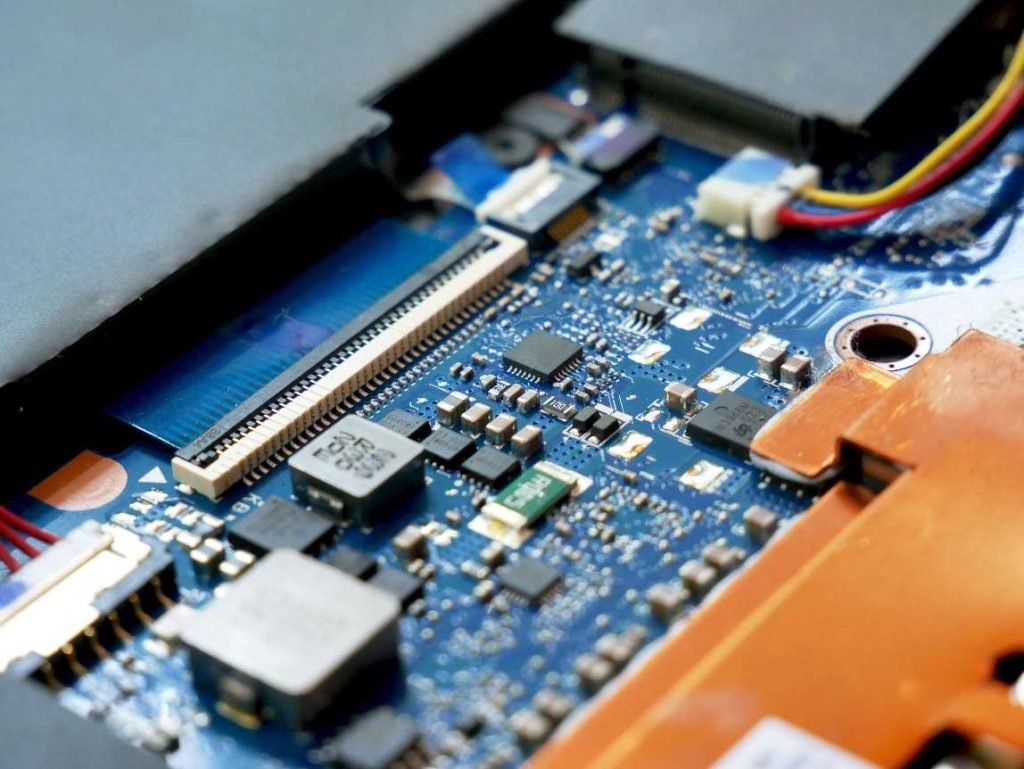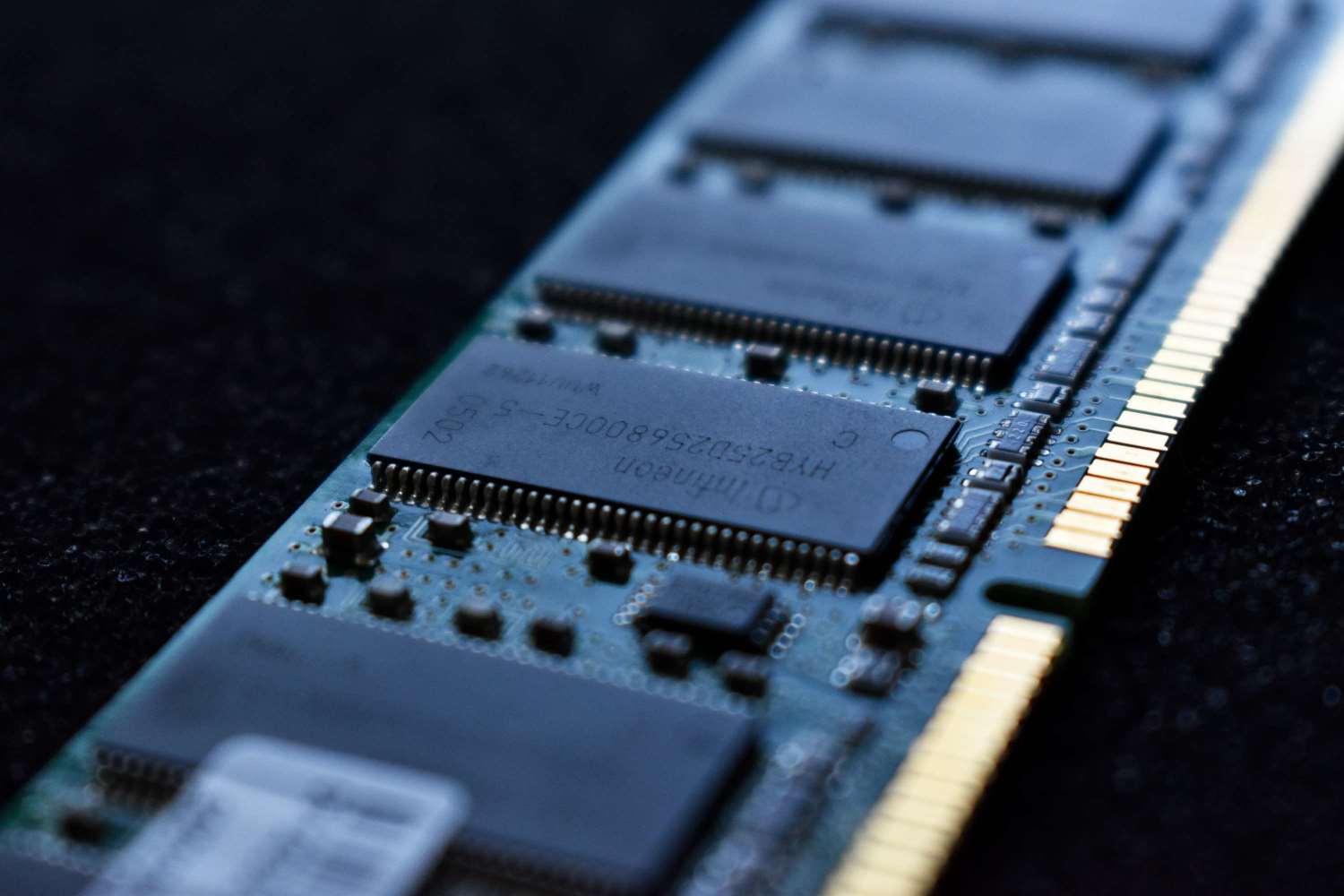Whether you just bought a new laptop or your old laptop is constantly slowing down and freezing up, you have probably considered getting more laptop random access memory (RAM) or putting what you already had from your old laptop in your new one.
However, despite how tiny RAM physically is, it does seem to cause a great deal of confusion. Many people do not know what it does, and fewer know how two pieces of RAM differ from one another outside their memory capacity. Or whether they could change it from one laptop to another.
Is Laptop RAM Universal?
Laptop RAM is not universal. You can’t randomly place the RAM of one laptop in another laptop, desktop computer, or smartphone and expect it to work. It might work if it is another laptop, but it is a toss-up unless you already know they are compatible.
Before you place RAM into a laptop, you need to get the right physical size, form factor, speed, latency of the RAM, and the processor on the laptop.
Size
When you see techies talking about SO-DIMM or DIMM, they are all talking about the physical size of RAM. SO-DIMM means the physical size of the RAM slot on your laptop’s motherboard.
Your motherboard is the green circuit board that all your laptop’s internal components are connected to (hard drive, CPU, RAM, etc.).
All laptops use the SO-DIMM (small outline dual in-line memory module) size, and all RAM is sold as data sticks called modules. SO-DIMM is different from the DIMMs used by desktop computers, so you can’t put your desktop’s RAM in your laptop and vice versa.
SO-DIMM is smaller in size because laptops have less internal space, but it’s no less powerful; it’s just more expensive to produce.
Form Factor
If you want to transfer RAM from one laptop to another (the SO-DIMMs always match), the laptop’s motherboard must be able to accommodate that generation/form factor of RAM (DDR3, DRR4, DDR5, etc.)
DDR stands for double data rate and is synonymous with DDR SDRAM; the SDRAM is just there at the end because some older devices used SRAM and DRAM.
The RAM in your home laptop will always be a generation of DDR unless it was manufactured in the early 90s. If it is DDR4, it is the 4th generation; if it is 3, it is the 3rd generation.
Laptops manufactured between 2007 and 2014 have DDR3 RAM data sticks, and those manufactured from 2015 to 2020 have DDR4; newer generations are faster and use less energy.
Most motherboards only have one type of connector for their RAM and can only support one generation of RAM. If you do not know which type your motherboard supports, check the generation of RAM already in the laptop.

Speed
The speed of a RAM is also referred to as its frequency or clock rate and is measured in MHz. Technically speaking, you can use 2 RAM data sticks with different speeds in the same laptop so long as they have the same form factor, but this is not advisable.
Usually, both of the RAM data sticks will run at the lower RAM data stick frequency, meaning you lose out on the faster speeds of the more advanced data stick. Rarely, they may not be compatible and won’t work until you remove one of them.
However, this assumes your motherboard can support both frequencies. If it can’t support one of the frequencies, you’ll receive the blue screen of death. It will not damage your laptop, but you will have to remove that RAM data stick.
Latency
Latency or memory timing refers to the time it takes for your RAM to receive data from your laptop’s CPU after requesting it. Lower latencies mean faster performance, and latency is expressed as a 4-number figure with dashes in between, e.g., 7-8-8-24.
Like speed, you can mix RAM data sticks with different latencies, but at best, the RAM data sticks will run with the worse latency. Rarely, they may not be compatible with each other, or one may not be compatible with your motherboard.
If that’s the case, it will not cause any lasting damage, but you will have to remove that RAM data stick.
Processor
The processors on laptops are either 32-bit or 64-bit. This number refers to how big the data units that a processor computes are. 64-bit processors are faster, and if you have a 64-bit version of Windows installed, it means your processor is 64-bit.
A 64-bit processor can take up to 128GB of RAM on the Windows 8 and 10 versions used by casual users. For comparison, if you use your laptop only for activities like word processing, reading, and watching movies, you can skate by with 4GB, but 8GB is ideal.
However, if your windows version is 32-bit, you could be using a 32-bit processor (it’s also possible the version of windows installed is lower than the processor’s capacity). 32-bit processors can only take 4GB of RAM, so there is no point in buying more.
How to Check RAM Type
Knowing what type of RAM you presently have will help you replace it or add more because you know your laptop is compatible with the specs of the RAM already in use.
- Firstly, you need to open task manager by pressing ctrl + alt + delete or right-clicking your taskbar (the bar at the very bottom of your desktop screen) and selecting “task manager)
- Next, go to the Performance tab and click on “memory” on the left side of the page. It will show how much RAM you have, the generation, the number of slots in use, and the speed.
If you want information on the latency, you will have to open Command Prompt and run it as an administrator. To do this, click the windows/start button at the bottom left of your screen and search for Command Prompt.
Right-click it and choose “Run as administrator” from the options that appear. Then type “wmic memorychip list full” without the quotes and click enter.
You will have to scroll down and search for the part number for each RAM data stick on your laptop. Googling these numbers along with the manufacturer’s name will tell you the latency for each RAM data stick.
Alternatively, you could install third-party software freely available online, and it will provide you with all this information. You could also go to a computer repair shop and have the technician there physically examine the RAM data stick for this information.
Final Thoughts
Laptop RAM is not universal, and you need to know what type of RAM your laptop’s motherboard supports before placing any RAM data sticks inside it. You need to be sure it is a RAM module for laptops (SO-DIMM) and that that module is the same generation as the one already on your computer.
Confirming the latency and speed match is also important.

